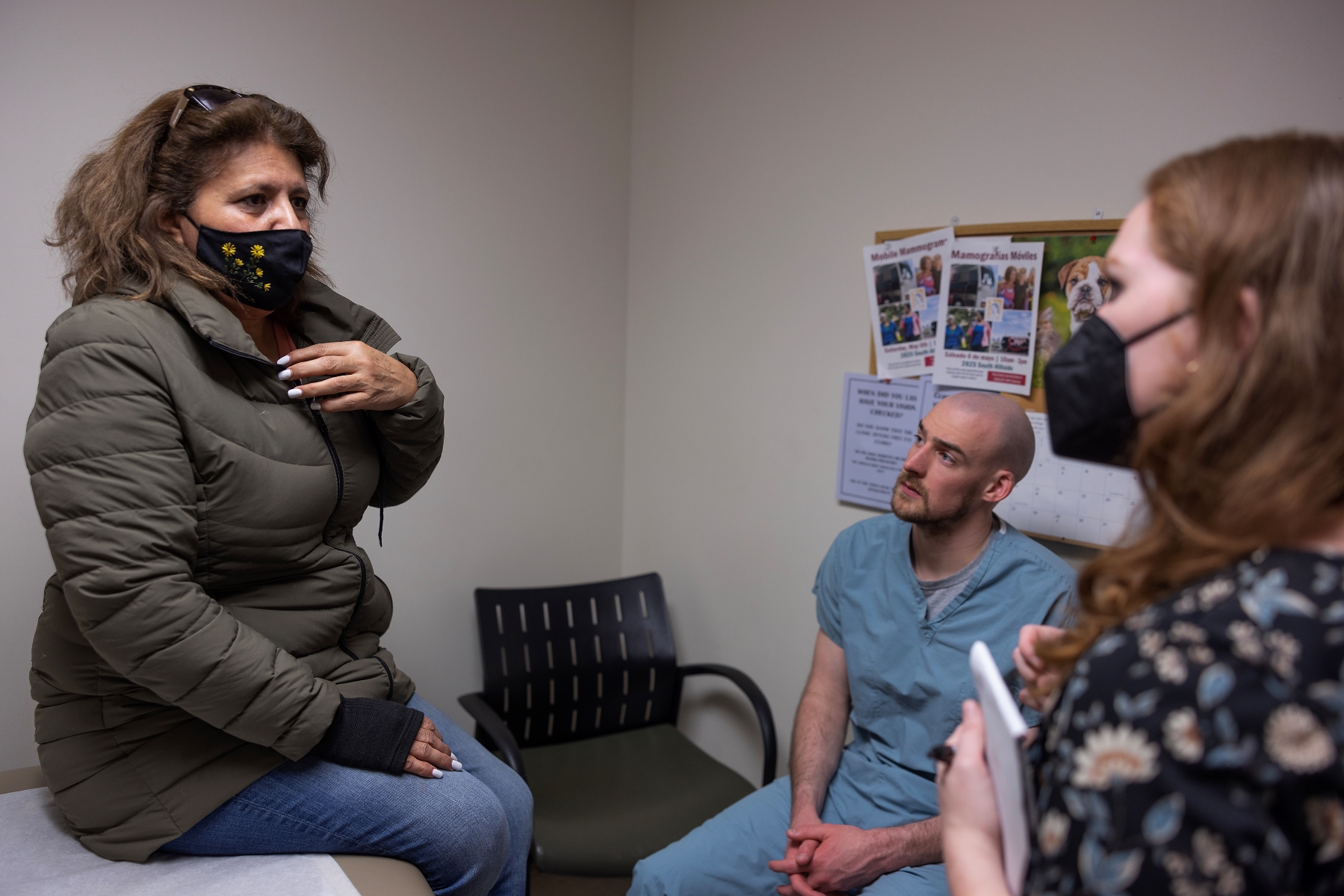By Pilar Ortega and Rachel Showstack
You’re a nurse working at a hospital in the US, and you speak both English and Spanish because you grew up in the US and learned Spanish at home (or took Spanish in school). You are assigned to care for a patient who prefers to communicate in Spanish, so you just go ahead and speak to her in Spanish—no need for an interpreter! Right?
Not so fast. The ability to speak a language proficiently in the context of clinical responsibilities is not the same as the ability to speak a language at home or in Spanish class.
Unfortunately, many healthcare entities do not have a clear process for a clinician to become identified as a qualified bilingual provider—someone who has been determined to be able to competently perform their clinical duties in an additional language besides English.
Here are four points to keep in mind when communicating with patients who need language assistance:
- It is best to work with an interpreter until your language proficiency for the clinical context has been assessed and you have been determined to be a qualified bilingual provider. Find out if your institution has a policy for evaluating the language skills of bilingual providers. If it does not have a system in place, self-assessment is a good place to begin to determine your own skill level using a validated tool: the Interagency Language Roundtable for Healthcare (ILR-H). Research shows that if you self-assess as Very Good or Excellent in the ILR-H, you are very likely to pass a formal certification exam. Several exams for confirming clinician language proficiency are available, and you could consider requesting institutional financial support or, if continuing education funds are available to you, consider applying them to cover training or exam costs.
- It is not recommended for bilingual clinicians to serve as interpreters. Clinicians may be pulled away from their job responsibilities to interpret. Clinicians in training, such as medical students, often experience this type of minority taxation and may have difficulty declining requests to serve as interpreters due to the complex power dynamics when supervisors or other team members are requesting their help. Also, some of the common errors in communication that can occur during interpreter-mediated encounters include opinion insertion and editorialization. Due to their medical knowledge, health professionals may be more likely to edit what is said by the clinician or patient, potentially leading to miscommunication. Switching gears from being a clinician in some situations and an interpreter in others is easier said than done. Some hospitals have policies that clearly differentiate between bilingual clinician and interpreter roles, and these guidelines are helpful and may make it easier for clinicians to feel confident in declining inappropriate interpreting requests, such as by explaining: “Sorry, I’m not allowed to interpret; it’s outside of the scope of my skills.”
To address interpreter shortages, some health systems have formalized the process of clinicians adopting a “dual role” as clinicians and interpreters. Yet, doing this without unfairly burdening bilingual clinicians is a challenge: It is important for systems to set clear expectations regarding workload and division of responsibilities, provide specific training to avoid interpretation errors common for clinician interpreters, ensure that dual-role clinicians are adequately compensated, and actively seek and be responsive to feedback from participating clinicians. - Assessing clinician language proficiency for direct patient care is different than assessing medical interpreting skills. Some healthcare systems ask clinicians to take a medical interpreting exam to decide if clinicians are qualified to use that language with patients. However, if the skills that are being tested are different than the skills that the clinician will be approved to use, then the test is not valid. This does a disservice to clinicians who may fail an interpreting test even when their skills for language-concordant communication are excellent. It also threatens patient safety in those situations when someone may pass an interpreting exam but not be skilled in performing their clinical responsibilities in that language.
- You are not alone! There are many ways to collaborate with people from diverse disciplines, professions, and perspectives to improve healthcare entities’ process of evaluating clinician language skills. Linguists, language teachers, interpreters, and community members can become your allies. Improving the language access policies at healthcare institutions is an important part of supporting the health and wellbeing of patients and communities who prefer to communicate about their health in languages other than English.
For more information related to joining language equity efforts or becoming a qualified bilingual provider, please visit the National Association of Medical Spanish’s website: www.NAMSpanish.org.
Alce su voz is a community-based initiative at Wichita State University whose mission is to improve health equity for Spanish speakers and speakers of Indigenous languages in the United States, with a focus on Kansas and the Midwest. For more information or to get involved, please send an email to alcesuvoz@wichita.edu. You can also join our email list and follow us on Facebook.
